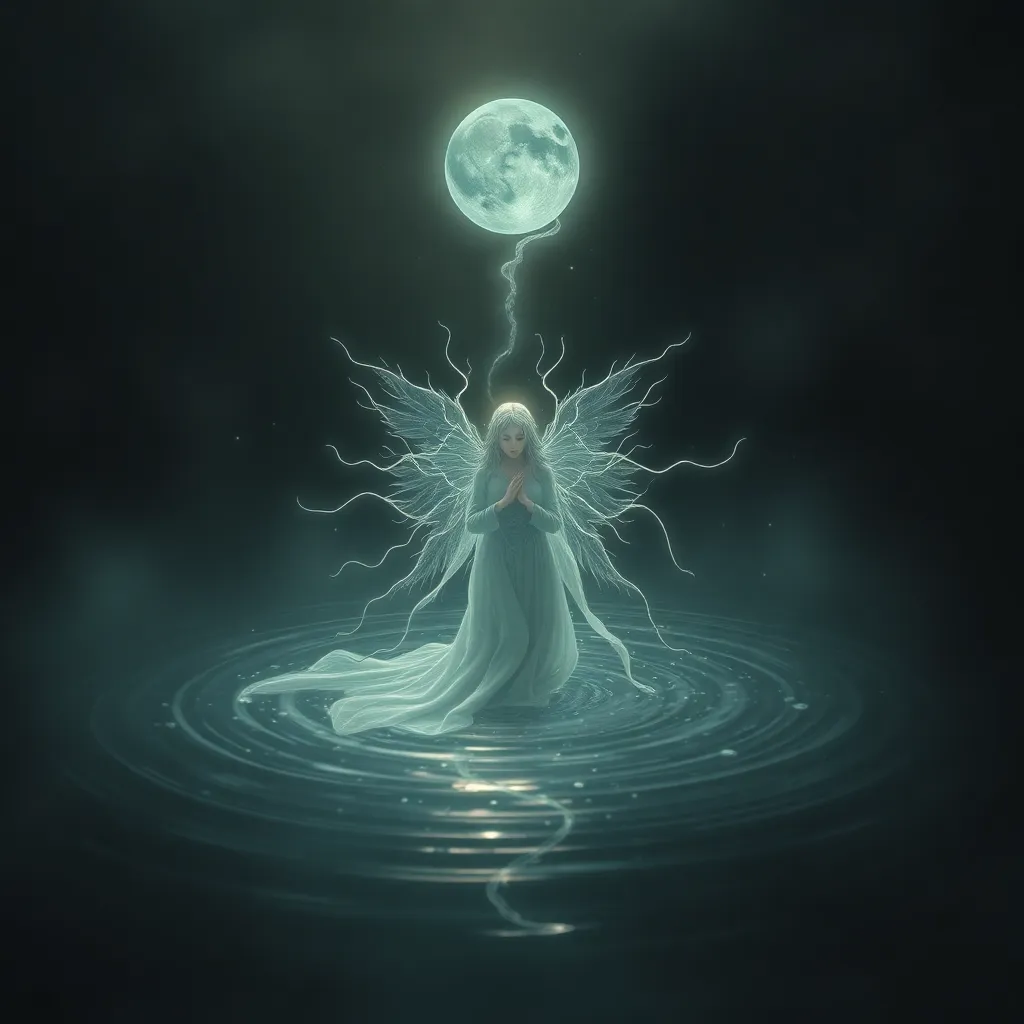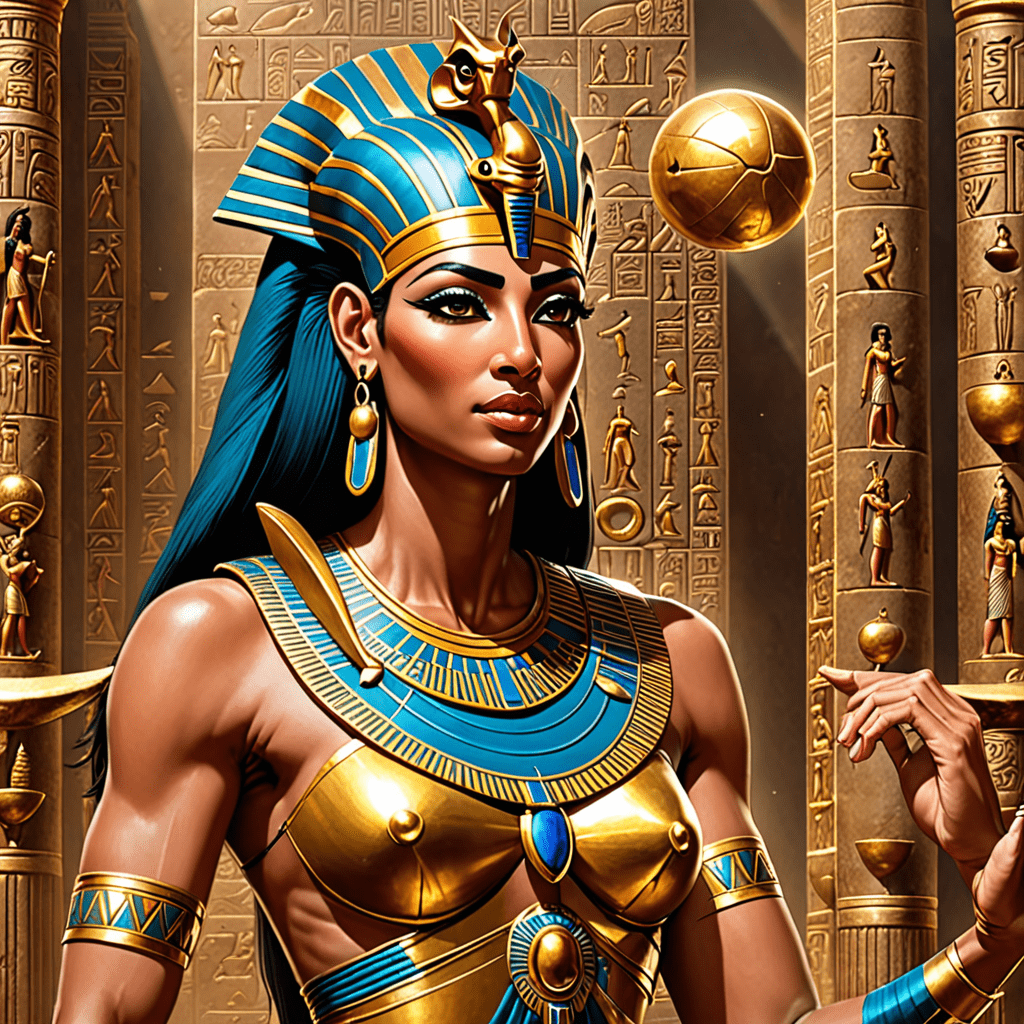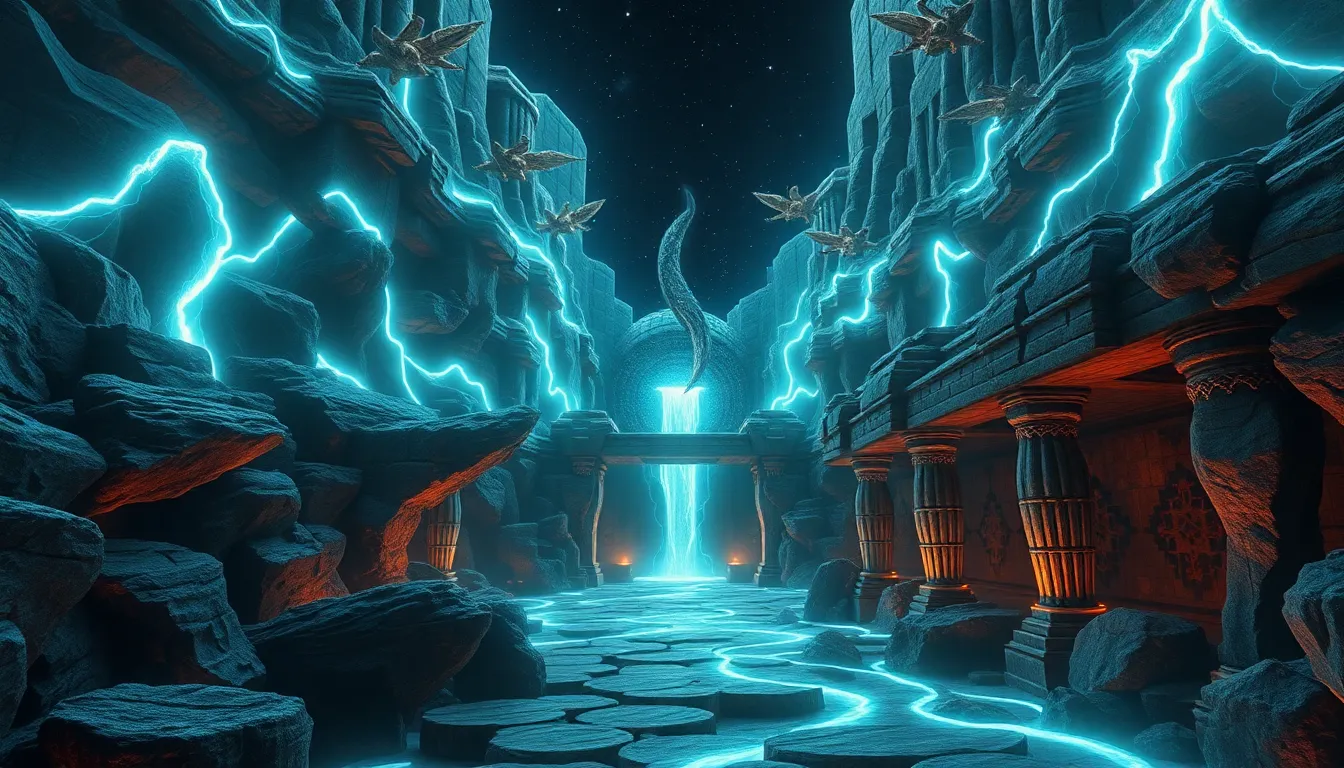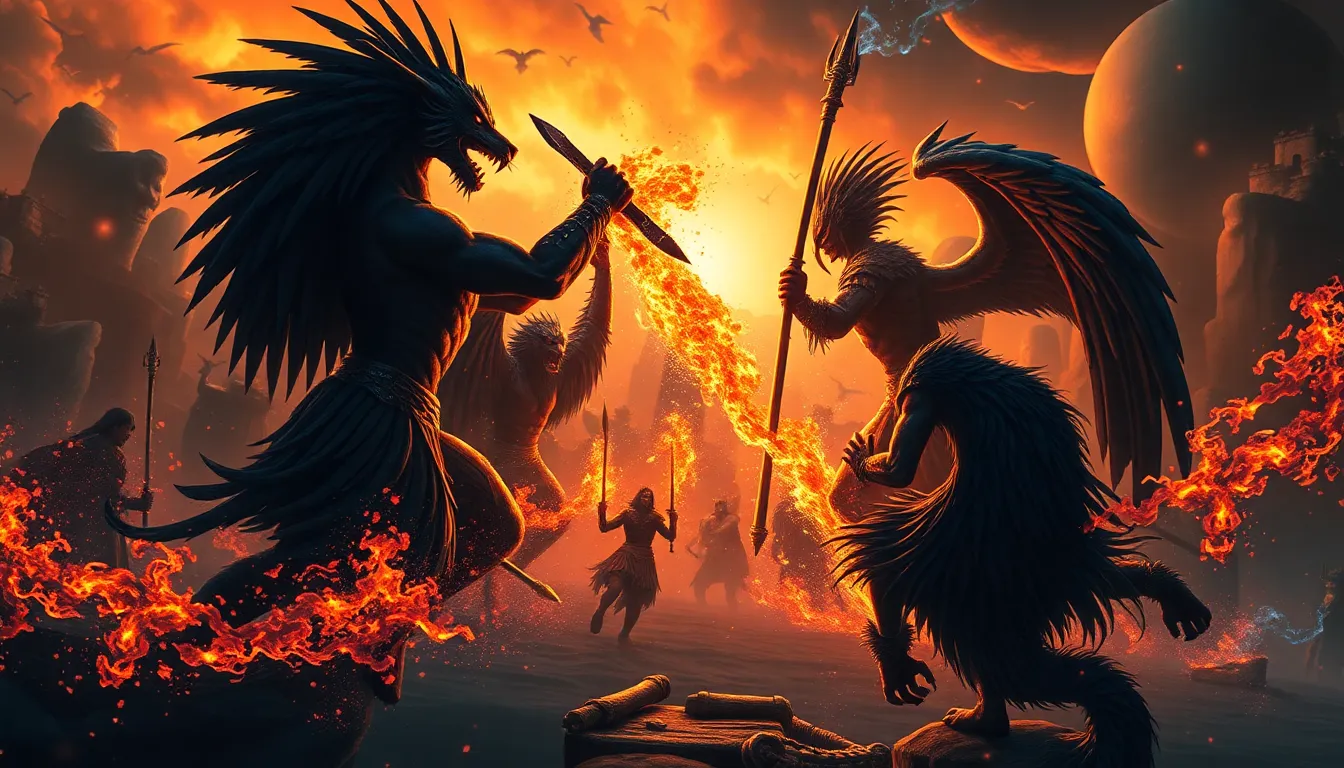Rusalka and the Soul: Understanding the Spiritual Significance of Water Spirits in Slavic Belief Systems
I. Introduction
The Rusalka, a captivating figure in Slavic folklore, is a water spirit that embodies the complexities of nature, life, and death. These entities are often depicted as beautiful young women who inhabit bodies of water, captivating the hearts of those who encounter them. Rusalka plays a significant role in the rich tapestry of Slavic mythology, serving not only as a symbol of the mystical qualities of water but also as a reflection of human emotions and the soul.
In Slavic belief systems, water spirits, including Rusalka, have been revered and feared, representing the duality of nature and the human experience. Exploring the spiritual significance of these water spirits provides deeper insights into their role in ancient and contemporary cultures, revealing their importance in understanding human existence and relationships with the natural world.
II. Historical Context of Water Spirits in Slavic Mythology
The origins of the Rusalka can be traced back to pre-Christian Slavic traditions, where water was seen as a source of life and death, purity and danger. The Rusalka is believed to have evolved from ancient Slavic fertility deities associated with water, reflecting the agricultural society’s dependence on natural water sources.
Over time, beliefs surrounding water spirits have changed. Initially revered as benevolent protectors of the waters, the Rusalka’s image shifted to that of a more ambiguous figure, often seen as a harbinger of misfortune or death. This evolution mirrors the complex relationship humans have with nature, encompassing both reverence and fear.
Globally, water spirits can be found in various cultures, such as the Naiads in Greek mythology, the Mermaids in Western folklore, and the Yokai of Japanese tradition. Each tradition reflects unique cultural beliefs about water, life, and the soul, offering a fascinating comparative study.
III. The Nature and Characteristics of Rusalka
The physical descriptions and attributes of the Rusalka vary across different regions in Slavic folklore. Typically, she is portrayed as a stunning young woman with long, flowing hair, often adorned with flowers, symbolizing her connection to nature. Her beauty is enchanting yet deceptive, representing the allure and danger of water.
- Benevolent Rusalka: In some tales, she is a nurturing spirit who aids those in need, often helping lost travelers or guiding fishermen to plentiful catches.
- Malevolent Rusalka: Conversely, there are stories where the Rusalka lures men to their doom, embodying the darker aspects of water and the unknown.
The symbolism of water is deeply intertwined with the Rusalka and reflects various emotional and spiritual states. Water is often seen as a conduit for feelings, representing the subconscious, intuition, and the fluidity of life itself.
IV. Rusalka and the Concept of the Soul
In Slavic culture, the concept of the soul is multifaceted, often viewed as a vital essence that transcends the physical form. The Rusalka is intricately connected to human souls, particularly those of young women who died untimely or tragic deaths, such as drowning or in childbirth.
Rusalka serves as a metaphor for lost or unfulfilled souls, embodying the grief and longing of those who remain behind. Her connection to water signifies the depth of human emotions and the transient nature of life.
V. Rituals and Practices Surrounding Rusalka
Throughout history, various rituals have been established to honor or appease the Rusalka. These practices often involve offerings and prayers, intended to seek her favor or protection. Common rituals include:
- Leaving flowers and small tokens by the water’s edge.
- Performing dances and songs during seasonal celebrations, particularly during Ivan Kupala, a festival celebrating the summer solstice.
- Creating wreaths of flowers to float on water, symbolizing the connection between the living and the spirits.
Seasonal celebrations related to water spirits, like Ivan Kupala, are rich in symbolism and rituals that celebrate life, fertility, and the connection between humans and the natural world.
VI. Rusalka in Literature and Art
The representation of Rusalka in Slavic literature is vast, ranging from folk tales and poetry to modern novels. She has become a symbol of longing, love, and the complexities of human emotions. In literature, Rusalka often embodies the tragic aspects of love, reflecting the struggles of those who yearn for connection yet confront inevitable loss.
Artistic interpretations of Rusalka have flourished, with various artists depicting her in paintings, sculptures, and performances. The character has also found her way into operas and ballets, such as Antonín Dvořák’s “Rusalka,” which beautifully captures her essence and the themes of love and sacrifice.
VII. The Modern Relevance of Rusalka and Water Spirits
In contemporary culture, interpretations of Rusalka have evolved, often reflecting modern themes of feminism and ecological awareness. As society becomes more attuned to environmental issues, the Rusalka has emerged as a powerful symbol of the interconnectedness of life and nature.
The revival of interest in Slavic spirituality and folklore has led to a renewed appreciation for Rusalka and other water spirits, highlighting their relevance in discussions about gender, nature, and the human experience.
VIII. Conclusion
The spiritual significance of Rusalka and water spirits in Slavic belief systems reveals a deep connection between nature and the human soul. As both benevolent and malevolent figures, they encapsulate the duality of existence, serving as reminders of the beauty and danger inherent in life.
Reflecting on the ongoing impact of these beliefs in modern society, it becomes clear that Rusalka continues to resonate, offering rich themes for exploration in literature, art, and ecological discourse. As we delve deeper into Slavic mythological themes, we uncover timeless truths about the human experience, our relationship with nature, and the enduring power of the spirit.




